Why Human-Centred Design Drives Commercial Success

As student housing, build-to-rent, and seniors living continue to gain pace in Australia, developers and operators are looking for designs that balance commercial performance with community connection. National architecture and design firm Rothelowman said the key lay in experience-led design.
The firm’s national portfolio largely spans multi-residential, build-to-rent, purpose-built student accommodation (PBSA) and seniors living—sectors where design directly impacts both resident experience and operational performance.
By applying a humanistic lens to each project and challenging briefs through a process it calls “working ugly”, the design firm provokes discussion and exposes the design journey from the outset. This approach has helped the practice deliver commercially viable yet desirable residential projects in collaboration with leading developers and builders across the country.
According to Rothelowman principal Ben Pomroy, PBSA has been the incubator for the lessons and learnings of adjacent living typologies such as build-to-rent, co-living and seniors living.
“Over the past decade, we’ve worked with some of Australia’s leading PBSA operators, helping uncover key lessons that are now shaping the way these other sectors evolve,” Pomroy said.
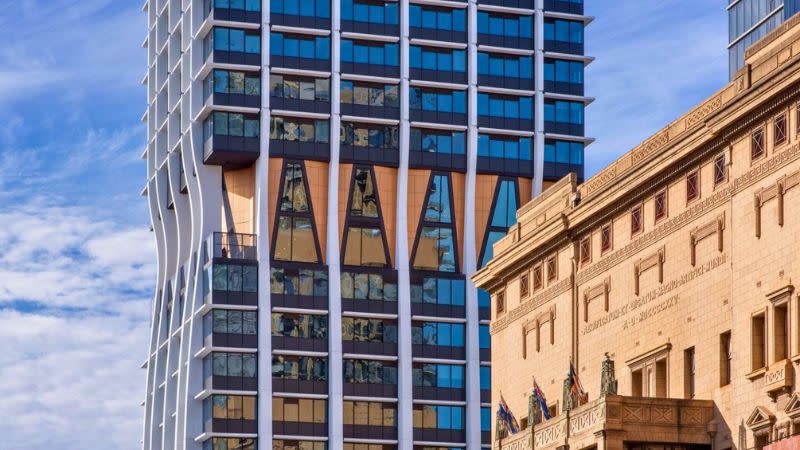
A significant lesson carried over from the student housing sector is the importance of creating safe, accessible, and community-oriented environments. These principles have proven just as critical in build-to-rent and seniors living, where fostering inclusivity and connection underpins both resident satisfaction and long-term project success.
Enriching community spaces
From the outset, Rothelowman actively explores how different spaces resonate with specific demographics and how they add tangible value to a project for the developer. These are not decorative extras; they are dynamic, future-fit spaces designed to grow with their communities and deliver shared value.
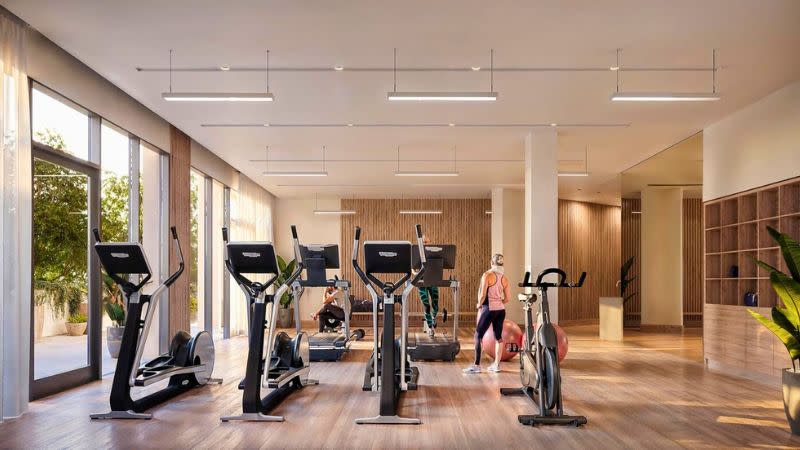
In seniors living projects, such as LDK’s Amberfield at Yarralumla, this meant creating opportunities for residents to interact, whether those interactions occurred on front verandas or in dedicated recreational spaces. “It’s a similar case for student accommodation,” Pomroy said. “We are constantly asking how we can encourage incidental interaction between students that fosters a sense of connection, which we’ve seen successfully manifested at Yugo North Terrace.”
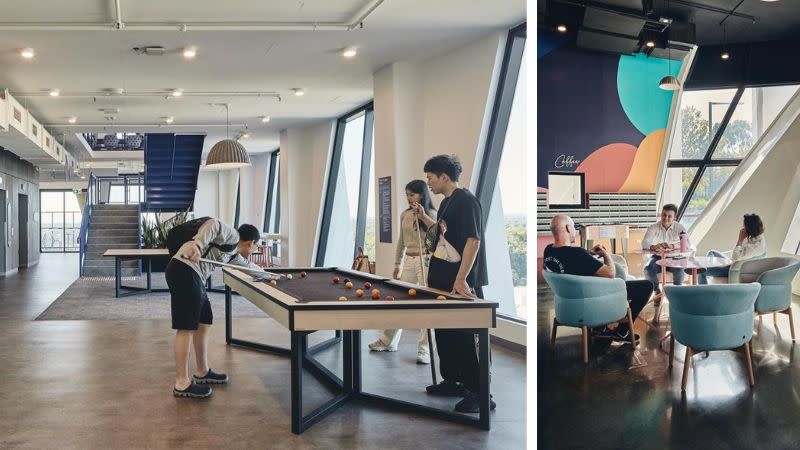
At Yugo Adelaide City, Rothelowman focused on creating flexible communal spaces that support and encourage social interaction at any scale, whether students are catching up with one friend, a small group, or taking part in a larger gathering. The design aims to foster connection and a sense of belonging, acknowledging that for many students, this is their first experience living away from home.
A big part of ensuring students feel at home and are comfortable in a new environment is feeling connected with the surrounding cityscape. At Yugo Adelaide City, design moves looked outward as well, the bay windows at entry level, for example, provide privacy and comfort while allowing residents to observe the street. At night they offer a sense of safety; by day, they encourage openness and connection with the city.
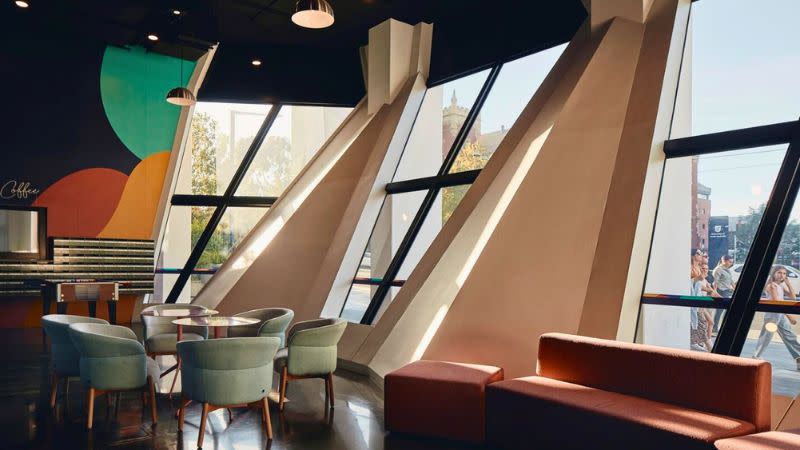
Maximising the living experience without compromising viability
A common challenge in the current market is finding the balance between maximising the resident living experience and ensuring project viability. While cross-sector learnings provide valuable insights, they must ultimately be applied in ways that allow developments to remain commercially robust.
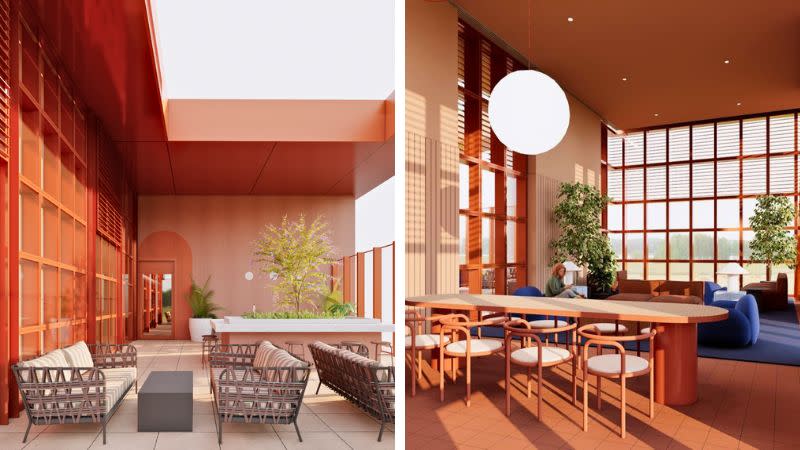
In Perth, Rothelowman’s 609 Wellington Street, which broke ground in September 2025, posed a different opportunity. With a compact site located beside a main train station, the design team had to carefully manage daylight and access while still maximising yield.
By re-thinking studio layouts and reallocating corridor space, the team delivered an additional 65 rooms without compromising quality. At street level, visible dining and communal spaces were introduced to activate the frontage and connect residents to the city.
“It shows how design thinking can unlock commercial gains and create stronger connections for residents at the same time,” Pomroy said.
On projects where developers are also operators, designing for operational longevity and creating a high-performing asset is critical. Rothelowman applies what it calls a “long life, loose fit” design philosophy, ensuring projects can adapt to changing resident needs and remain relevant well beyond completion.
“The most successful living villages or PBSA buildings are those that can be gradually tuned to align with the cohort of people living there that might evolve over time,” Pomroy said.
While Yugo Adelaide City provides accommodation for more than 700 students today, it could be adapted for an alternative use in the future. The structure incorporates 1100 precast columns, which helps it fit aesthetically within the city’s heritage context but also makes it easy to adapt.
"A building should have the potential for a lifespan beyond its current use. Throughout its lifetime, Yugo Adelaide City can be reconfigured multiple times without the structural columns obstructing the changes.”
Rothelowman’s ability to partner with clients from the beginning is pivotal in getting their projects to move beyond the approval stage and actually get built.
By bringing the developer, architect, builder, consultants and operator together early, projects can be designed rationally with constructability front of mind—designing out construction risk and avoiding unnecessary value engineering later.
In this uncertain market, experience-led design, early collaboration with project stakeholders, prioritising commercial viability, and the ability to navigate planning provisions are essential to delivering homes that are not only buildable but adaptable, high-performing, and enduring for the communities they serve.
The Urban Developer is proud to partner with Rothelowman to deliver this article to you. In doing so, we can continue to publish our daily news, information, insights and opinion to you, our valued readers.













